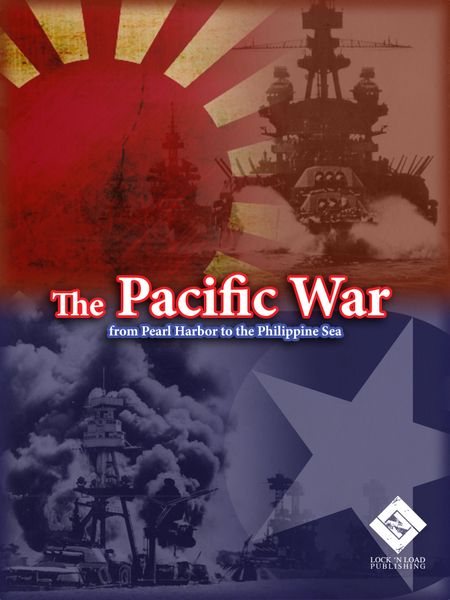The Pacific War: From Pearl Harbor to the Philippines (2016) Board Game
The Pacific War: From Pearl Harbor to the Philippines board game allows players to relive the intense battles and strategic decisions of World War II in the Pacific theater. The game covers key events such as the attack on Pearl Harbor, the Battle of Midway, and the liberation of the Philippines. Players take on the roles of military commanders, making crucial decisions to outmaneuver their opponents and secure victory.
Game Components of The Pacific War: From Pearl Harbor to the Philippines
How To Setup The Pacific War: From Pearl Harbor to the Philippines
Setup involves placing the game board, distributing the initial unit counters according to the chosen scenario, and preparing the player aids and reference cards. Players must also determine the starting Action Points and control of Sea Areas, which are crucial for logistical and strategic decisions.
Gameplay Mechanics and Game Objective
Mechanics
Game Objective
Player Experience
Playing The Pacific War: From Pearl Harbor to the Philippines is an immersive and challenging experience, particularly suited for wargame enthusiasts. The game requires strategic planning, resource management, and adaptability, making it engaging for both solo and two-player games. The historical accuracy and detailed mechanics ensure a deep and rewarding experience, though it may not be ideal for beginners due to its complexity.
Pros
Cons
Personal Thoughts on The Pacific War: From Pearl Harbor to the Philippines
This game is ideal for wargame enthusiasts and those interested in the Pacific Theater of World War II. It is not recommended as a first game for new players due to its complexity, but it is a must-have for anyone looking for a challenging and historically accurate strategic game. The game’s ability to balance historical detail with engaging gameplay makes it a standout in the wargame genre.
We are supported by our audience. When you purchase through links on our site, we may earn an affiliate commission, at no extra cost for you. Learn more.

